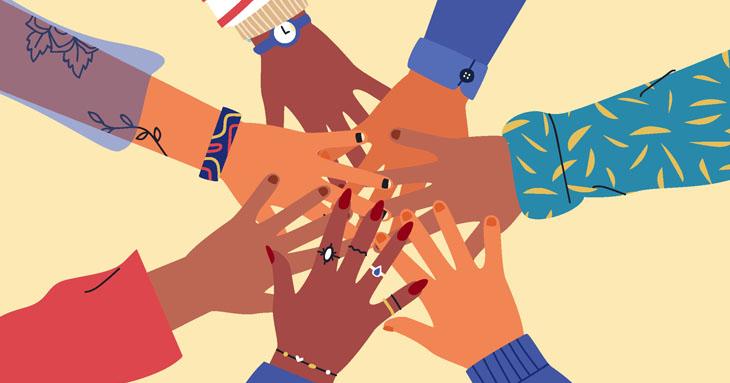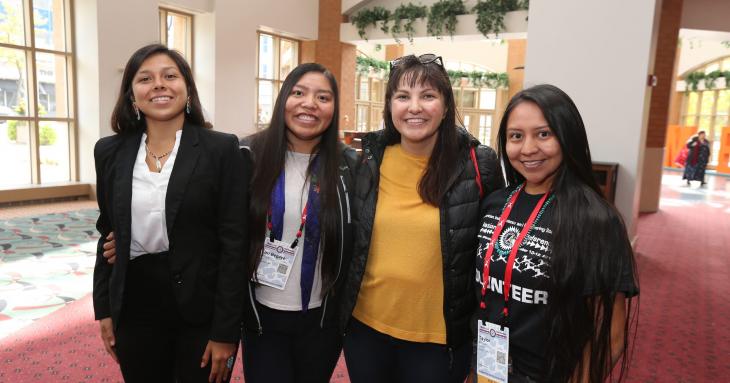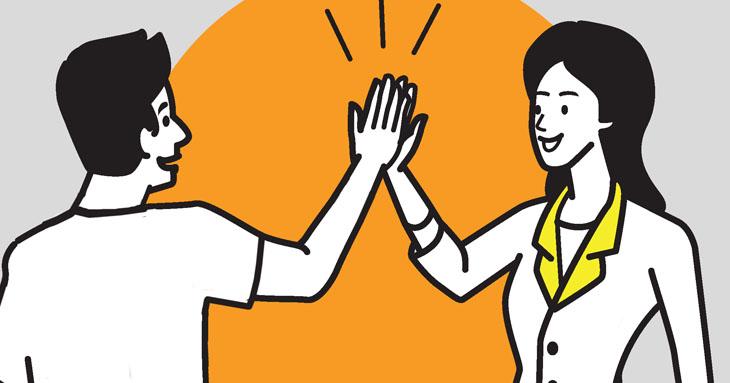-
How to Be a Strong Team Member (Even Non-extroverts)
As working professionals, we would be hard pressed to find jobs that don’t require some form of teamwork. Instead, working on teams — both large and small — has become an integral part of workplace culture. And while some of us find it easy to be a strong team member, for others — such as introverts — it can be a struggle. Thankfully, being a strong team member just takes practice.
-
AISES USES PAGERAFT TO INCREASE THEIR IMPACT
The American Indian Science and Engineering Society (AISES) is a non-profit organization committed to significantly increasing Indigenous representation among science, technology, engineering and math (STEM) education programs and career paths all across North America. This people group, due to many extenuating factors, has historically been on the outside looking in when it comes to STEM initiatives.
-
Preparing for Behavior-Based Interviews
If you’ve gone on any interviews recently, you may have noticed a change in the way questions are asked. No longer are the questions simply “what are your strengths and weaknesses?” Now many interviews begin along the lines of “tell me about a time when…” Whether you’ve already experienced the second type of questions or are just learning about them, there’s a good chance you’ll encounter them in a future interview.
-
Make the Most of Mentoring
College is a time for exploring new opportunities, meeting new people, and learning about new ideas. It’s also a time to start creating connections with people who can provide you with the support and guidance you need to move toward your ultimate career goals. Experienced and trusted advisors — or mentors — can be hard to find, but they are invaluable resources. Here are some ways to find the right mentor and make the most of the relationship.
-
Learning to Love Networking
Many people hate networking — myself included. I find it difficult, anxiety provoking, and stress inducing. If you’re like me, there are a hundred other things you’d rather be doing, but that doesn’t mean networking isn’t an important skill. While it may never become something you love, approaching strangers can become something you can do with relative ease. Here are a few things to remember as you learn to network like a pro.
It Doesn’t Have to Be Face to Face
-
Is graduate school for you?
Whether your senior year of college is coming to a close, or you graduated years ago, the question of whether or not you should attend graduate school may loom large in your mind. It’s not an easy question to answer, and you’ll need to spend some time really thinking about what your goals are, and whether or not graduate school may be able to help you reach those goals. Such a big life decision can seem overwhelming. Here are a few things to think about as you decide if graduate school is for you.
Identify Your (Career) Goals
-
Preparing for Your Performance Review: You can do it!
It’s that time: Your performance review is coming up. Whether your review takes place once a year or more often, it’s not unusual to have some apprehension about the event.
-
Think Like a Teacher: What makes a successful student?
Whether you’re in high school or college, there will be times when learning feels amazing, and times when it’s a humbling experience. But it will always be worth the effort. So what’s the secret to achieving your personal best? While there’s no simple formula, most teachers agree that certain qualities are essential for academic success. Here are some of their pro tips.
Show Up and Manage Your Time
-
Knowledge and Insight
Opportunities to connect and learn abound at National Conference sessions.
For many conference-goers, opportunities to learn from session presenters sharing information on specialized topics is one of the best parts of a National Conference. Here’s a sample of just some of the many sessions attendees could choose from.














